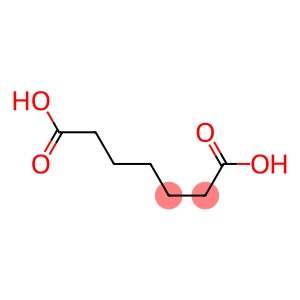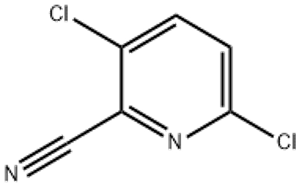Pimelic acid(CAS#111-16-0)
| Hazard Symbols | Xi – Irritant |
| Risk Codes | 36/37/38 – Irritating to eyes, respiratory system and skin. |
| Safety Description | S26 – In case of contact with eyes, rinse immediately with plenty of water and seek medical advice. S36 – Wear suitable protective clothing. |
| WGK Germany | 2 |
| RTECS | TK3677000 |
| TSCA | Yes |
| HS Code | 29171990 |
| Hazard Note | Irritant |
| Toxicity | LD50 orally in Rabbit: 7000 mg/kg |
Pimelic acid(CAS#111-16-0) Information
Heptanedic acid, also known as stearic acid or caprylic acid, is an organic compound. The following is an introduction to the properties, uses, preparation methods and safety information of heptanetic acid:
Quality:
- Appearance: Heptaneic acid is a colorless crystalline solid or white powder.
- Solubility: Heptalaic acid is soluble in alcohol and ether solvents, insoluble in water.
Use:
- Heptaneric acid, as an organic compound, has a variety of uses in industry.
Method:
- Heptalaic acid can be obtained by acid-catalyzed oxidation of oils. Usually, heptalaic acid is extracted from coconut or palm oil.
Safety Information:
- Heptanedic acid is generally considered a relatively safe compound. It is less irritating to the skin but irritating to the eyes. When using or handling heptanoic acid, care should be taken to avoid direct contact with the skin and eyes, and to maintain a well-ventilated environment. In case of accidental contact, rinse immediately with water and consult a doctor.
- Heptanedic acid is unstable and can burn when exposed to high temperatures or open flames. When storing and using, it should be kept away from fire sources and high temperatures, and avoid contact with oxidants and strong acids.
- Heptanedioic acid should be stored in an airtight container in a cool, dry and well-ventilated place.







